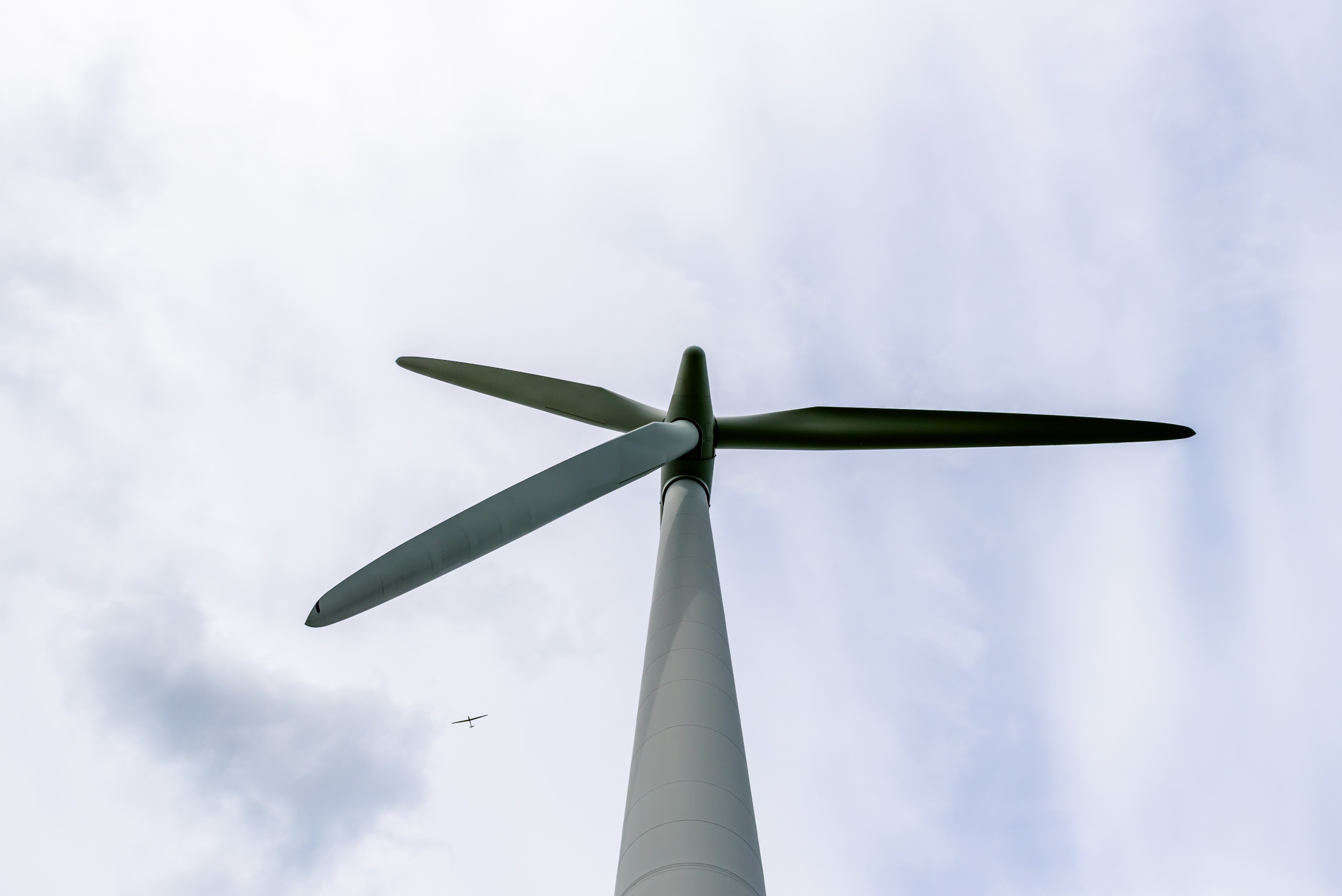In the Politico article “Major offshore wind projects in New York canceled in latest blow to industry”, the author, Marie J. French, admits, “New York’s signature offshore wind projects meant to boost confidence in the industry are being scrapped, a major hit to the industry in the state and the nation”. But are the Greens listening, comprehending?
Then, a Wall Street Journal article, “Gone with the New York Wind. Three more offshore windmill projects hit the rocks, despite subsidies”, asks, “Is offshore wind a perennial infant industry?” Ouch!
Finally, some are waking up, seeing the reality over the hype. (May this become a trend.) But why have the officials deciding on these projects been turning a blind eye to the negatives? It’s $$$$$—the honey trap of most officialdom.
The offshore wind industry received a strong tailwind from the Inflation Reduction Act, which included tax credits that cover 30% or more of a project’s cost. The law also subsidized the domestic manufacturing of components, which New York’s wind developers and their suppliers planned to exploit by making parts at new plants in the state. WSJ
And:
In an earlier article, French noted, “It’s clear now the state is no longer on track — derailed by growing costs, canceled projects and regulators’ refusal to provide more ratepayer-funded subsidies. Part of the problem is there are simply not enough existing, awarded and contracted projects in the pipeline to hit the 2030 target”. Politico
Then there is the problem “of bigger is not necessarily better”. The wind power projects originally bid upon were for large (18-megawatt turbines), but according to Bloomberg News,
Bigger and more powerful turbines have recently been toppling over, requiring expensive repairs. This is one reason GE’s renewable business lost $1.44 billion last year, which was an improvement on its $2.24 billion loss in 2022. WSJ Ouch!
And:
In February, POLITICO’s E&E News reported that GE didn’t plan to move forward with an 18 megawatt turbine. NYSERDA (New York State Energy Research & Development Authority) confirmed that was the main reason no final awards were made. A smaller turbine means a project would need more individual turbine locations to deliver the same power — and the costs would have been higher.
And:
More than a dozen projects in New York’s (as well as other states’) quest to lead the U. S. in renewable energy goals by 2030, the negatives of wind power – cost, reliability, environmental damages — have been ignored. It’s been full speed ahead to phasing out fossil fuels for so-called green energy. WSJ
I guess it’s “better late than never” that energy writers are seeing the truths of wind power that have been up-front all along.
• The decision is another setback to New York’s aspirations to achieve 70 percent renewable energy by 2030 and be a hub for the nascent industry in the United States. It will also be another challenge for President Joe Biden’s already likely out-of-reach 30-gigawatt goal for offshore wind by 2030. Politico
• New York awarded the three projects after the state Public Service Commission last fall rejected a request for higher prices from other developers. The PSC drew a line in the sand that likely constrained NYSERDA’s negotiations: no price increases for competitively awarded projects. Other early projects canceled their deals after the decision, and similar moves have upended efforts in other states. Politico
Hmmmm, there seems to be a trend-setting here. As Bob Dylan said, “You don’t need a weatherman to know which way the wind blows”. But you might want to pray that it keeps blowing if you work for NYSERDA.
But money isn’t the only significant factor here. What about the environmental damage to whales and other sea life that is being brought about by the existing wind turbines? These will be exacerbated by the “massive underwater foundations” needed for the smaller turbines. While these are called “green energy” promoted by major environmental organizations and foundations, their outcomes are hardly green, hardly human and animal-friendly, and not economical in any way you look at them. In fact:
The unsuccessful solicitation comes after several blows to the industry in the U.S. in the past year, indicating the high costs and regulatory hurdles each project faces — along with the concern over socking utility customers with higher bills to pay for them. Politico
Other early projects canceled their deals after the decision, and similar moves have upended efforts in other states. Politico
Perhaps states will take deep looks into so-called green energy and determine if they fit the needs of their customers and our habitat. The negatives against wind power have been building up in recent months. Considering the high costs, according to Science Direct, “wind power intermittency has been the major barrier for large scale wind power integration… “including its impacts on power, how it is measured, and mitigation solutions. It has been found that as wind power integration increases, the system reverses and costs consequently increase, while the system reliability and CO2 reductions decrease”.
To read these articles, go to:
https://www.politico.com/news/2024/04/19/new-york-offshore-wind-canceled-00153319
and …
https://www.wsj.com/articles/new-york-offshore-wind-projects-ge-vernova-green-energy-8f6fb0c8
